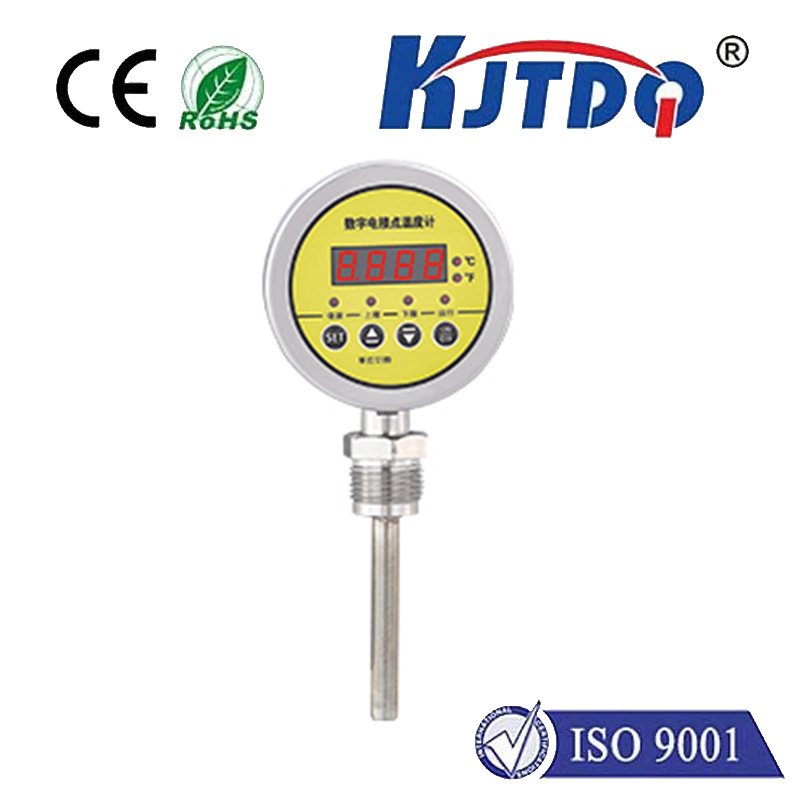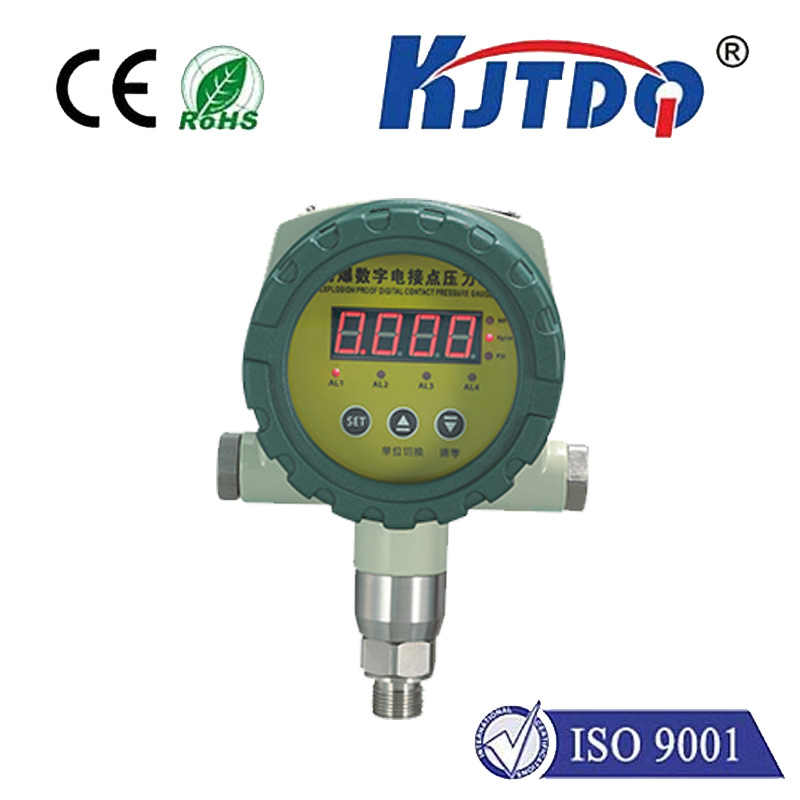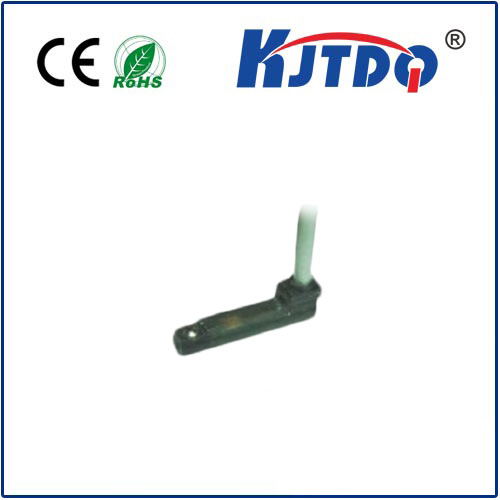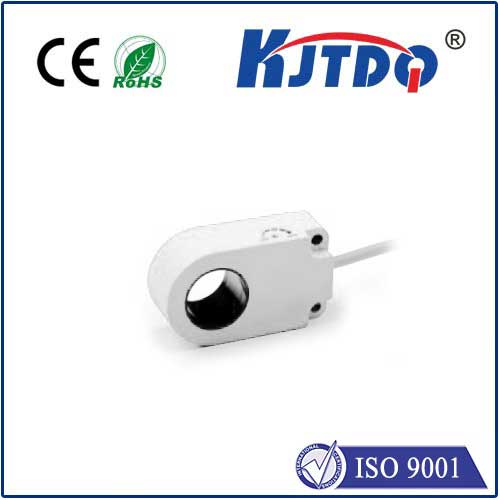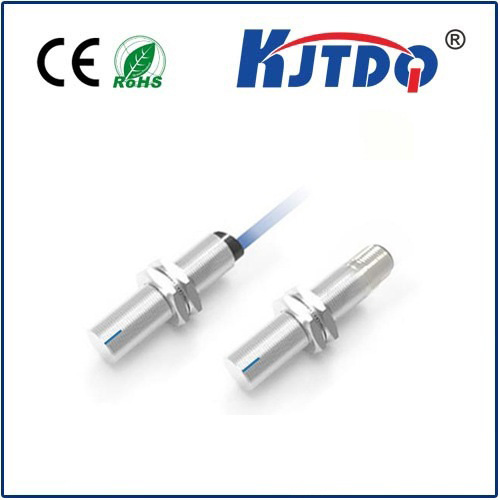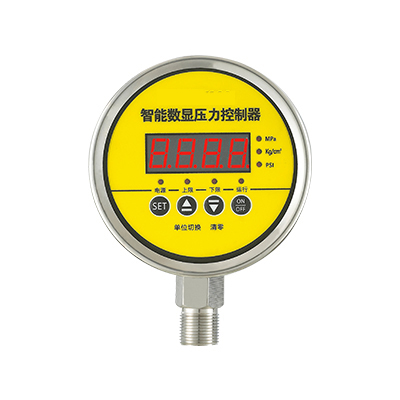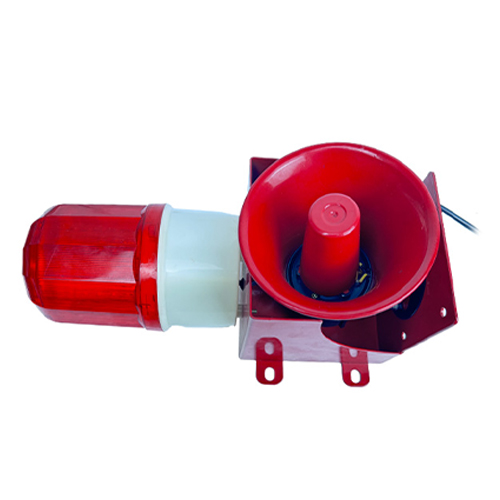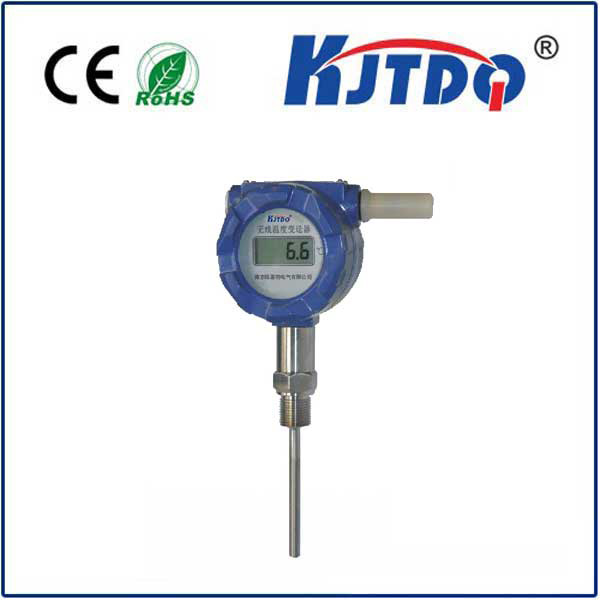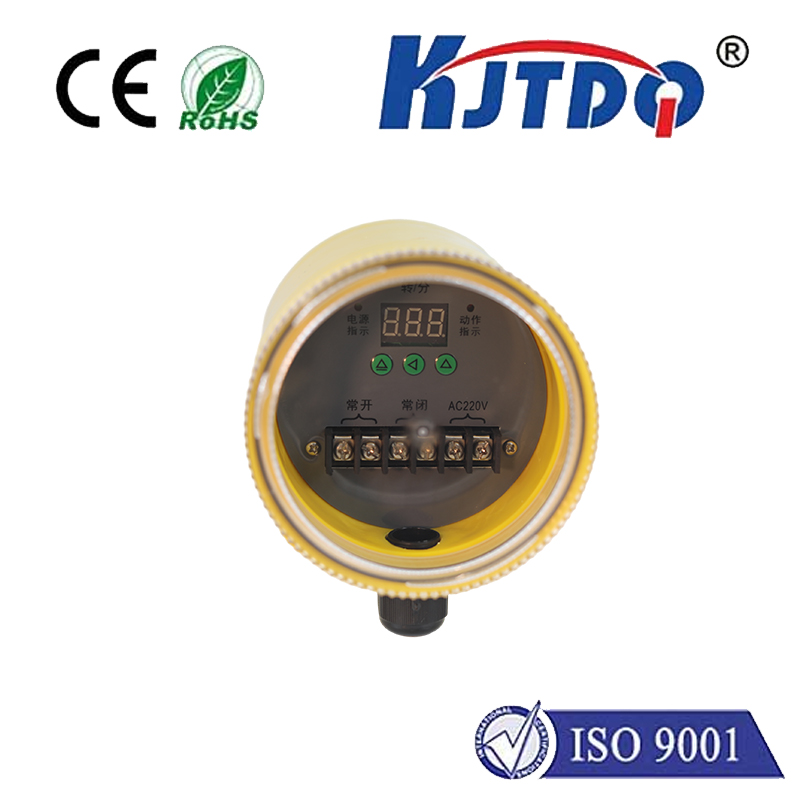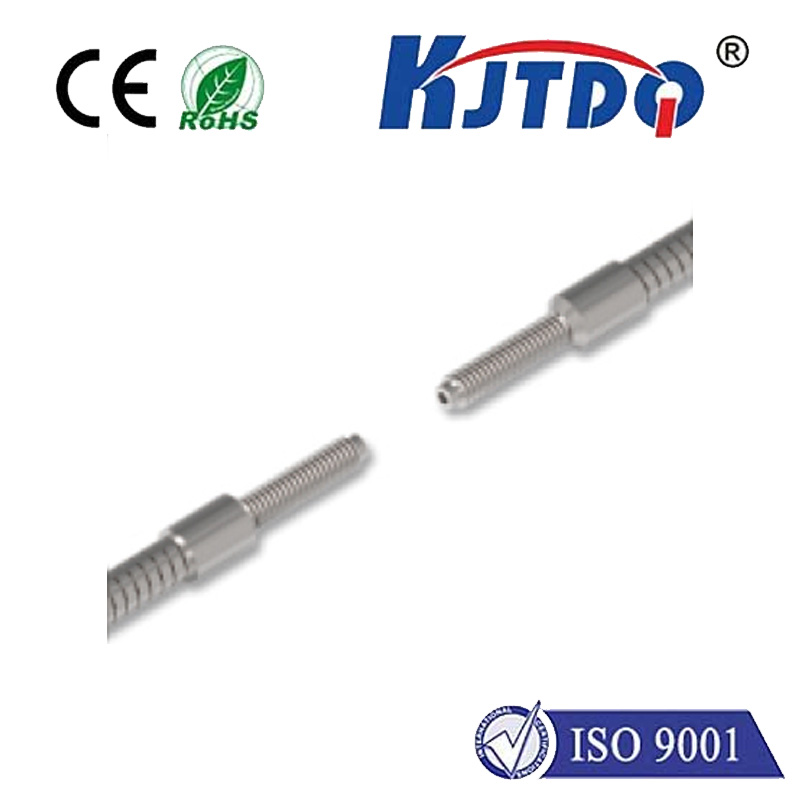ds18b20 laser sensor
- time:2025-08-27 15:45:05
- Click:0
Beyond the Misnomer: DS18B20 - The Unsung Temperature Hero in Laser System Stability
Let’s be honest: seeing “DS18B20 Laser Sensor” might spark momentary confusion. Is it a sensor combining laser measurement with temperature? Or perhaps a specialized component for laser beams? The truth is simpler, yet profoundly important. The DS18B20 isn’t a laser sensor at all; it’s a precision digital temperature sensor. But why then the persistent association? The answer reveals a critical, often overlooked dependency: the stability and performance of sophisticated laser systems hinge critically on precise thermal management. This is where the humble DS18B20 emerges as an indispensable, albeit indirect, enabler. Unraveling this apparent misnomer opens a door to understanding the essential role temperature monitoring plays in modern optoelectronics.
Decoding the DS18B20: Pure Temperature Precision
The heart of the matter lies in understanding what the DS18B20 really is. It’s a digital thermometer on a chip. Manufactured by Maxim Integrated (formerly Dallas Semiconductor), this device converts temperature into a digital value with remarkable accuracy (±0.5°C from -10°C to +85°C). Its brilliance lies in its simplicity and robustness:
- Digital Output: Delivers temperature readings directly as digital data (9 to 12 bits configurable), eliminating the need for complex analog signal conditioning.
- 1-Wire Interface: A revolutionary feature allowing multiple sensors to communicate over a single microcontroller pin, drastically simplifying wiring complexity and reducing cost. Power can even be “parasitically” drawn from the data line itself.
- Wide Range & Resilience: Operates from -55°C to +125°C and comes in versatile packages (TO-92, SOIC, µSOP), enabling deployment in diverse and often harsh environments.
- Unique Addressability: Each DS18B20 possesses a globally unique 64-bit serial code, enabling precise identification and control when multiple sensors are used on the same 1-Wire bus.
Quite simply, the DS18B20 excels at one thing exceptionally well: reporting temperature accurately and reliably. There’s no light emission, no laser beam manipulation – just pure thermal data.
Laser Systems: Where Temperature Dictates Performance

Laser diodes, the core components generating the laser beam in countless applications (from industrial cutting and medical devices to fiber optic communications and consumer gadgets), are intensely sensitive to temperature fluctuations. Even minor thermal shifts can trigger significant, often detrimental, consequences:
- Wavelength Drift (Chirp): The emitted wavelength of a laser diode changes with temperature. In applications like spectroscopy or dense wavelength division multiplexing (DWDM) fiber optics, maintaining a stable, specific wavelength is paramount. Uncontrolled drift renders the system inaccurate or unusable.
- Output Power Instability: The efficiency and thus the output power of a laser diode decrease as temperature rises. Thermal runaway can occur if not managed, potentially damaging the diode.
- Increased Noise & Reduced Lifetime: Operating at elevated temperatures accelerates degradation mechanisms within the semiconductor, shortening the laser diode’s lifespan and introducing signal noise.
- Optical Alignment Shift: Materials expand or contract with temperature. This thermal expansion/contraction can subtly alter the physical alignment of sensitive optical components within a laser system (lenses, mirrors, fiber couplings), degrading beam quality and coupling efficiency.
The Crucial Intersection: DS18B20 as the Thermal Sentinel
This is where the “DS18B20 laser sensor” association gains its practical meaning. While not interacting with the laser beam, it plays a fundamental role in monitoring the thermal environment around and within laser systems. Its job is to provide the critical temperature data necessary for implementing effective thermal control strategies:
- Diode Junction Monitoring: DS18B20 sensors can be strategically placed on or very near laser diode mounts or heat sinks to provide real-time feedback on the diode’s thermal state. This is the primary location for preventing overheating and ensuring stable output.
- Ambient Temperature Sensing: Monitoring the ambient temperature inside an enclosure housing a laser system helps understand the thermal load and the effectiveness of cooling systems (fans, thermoelectric coolers - TECs).
- Heat Sink & Cooling System Feedback: Sensors placed on heat sinks or integrated with liquid cooling loops provide data to regulate coolant flow rates or TEC current, dynamically adjusting cooling power based on actual thermal demand.
- Optical Bench Stability: Monitoring temperature on optical benches or near alignment-sensitive components helps identify potential thermal drift sources before they cause performance degradation, allowing for predictive maintenance or compensation algorithms.
The digital nature and 1-Wire interface of the DS18B20 make it exceptionally well-suited for integration into complex laser systems. Multiple sensors can be deployed throughout the system with minimal wiring overhead, feeding data back to a central microcontroller or system controller. This data is the lifeblood of the thermal management subsystem, enabling:
- Closed-Loop TEC Control: Precisely adjusting TEC current to maintain the laser diode at its optimal constant temperature point.
- Fan Speed Regulation: Dynamically controlling cooling fan speeds based on heat sink or ambient temperature readings, balancing noise and cooling efficiency.
- Laser Power Modulation: Implementing algorithms that compensate for temperature-induced efficiency changes to maintain constant output power.
- System Diagnostics & Protection: Triggering alarms or safe shutdown procedures if temperatures exceed critical thresholds, protecting valuable laser components.
Why Choose the DS18B20 for Laser Applications?
Given its ubiquitous presence in temperature monitoring, why is the DS18B20 often preferred in laser contexts?
- Cost-Effectiveness: It provides high accuracy and digital convenience at a very low unit price, crucial for keeping overall system costs down.
- Simplicity of Integration: The minimal wiring requirements (single data bus) dramatically simplify system design, assembly, and debugging, especially in compact enclosures.
- Robustness: Its wide operating range and proven reliability ensure it can handle the demands of industrial and scientific environments.
- Digital Precision: Eliminates analog noise susceptibility, providing clean, reliable data for critical control loops.
- Scalability: Need to add more monitoring points? Simply add another sensor to the existing 1-Wire bus.
Implementing Effectively: Key Considerations
Integrating DS18B20 sensors successfully requires attention to detail:
- Placement: Proximity is key. Ensure sensors are thermally coupled (e.g., using thermal paste or adhesive) to the area of interest (diode mount, heat sink) for accurate readings reflecting the actual thermal state being controlled.
- Parasitic Power Limitations: While convenient, parasitic power mode has constraints. For sensors requiring faster conversions or longer cable runs, use a local dedicated VDD connection.
- Electrical Noise: Laser drivers and power supplies can be noisy. Implement best practices for 1-Wire communication: use shielded cable if necessary, appropriate pull-up resistors, and consider star topologies for longer runs to minimize signal reflections.
- Code Robustness: Implement error-checking and retry mechanisms in the microcontroller firmware to handle potential communication glitches on the bus.
Conclusion: The Silent Guardian
While the phrase “DS18B20 Laser Sensor” might be a slight misnomer, it highlights an undeniable truth: precise temperature control is non-negotiable for reliable laser operation. The DS18B20, with its unique blend of accuracy, digital convenience, cost-effectiveness, and robust bus architecture, has become the go-to solution for engineers seeking to implement this vital thermal monitoring. It operates silently in the background, tirelessly feeding data into control systems that keep lasers stable, efficient, and safe. In the






